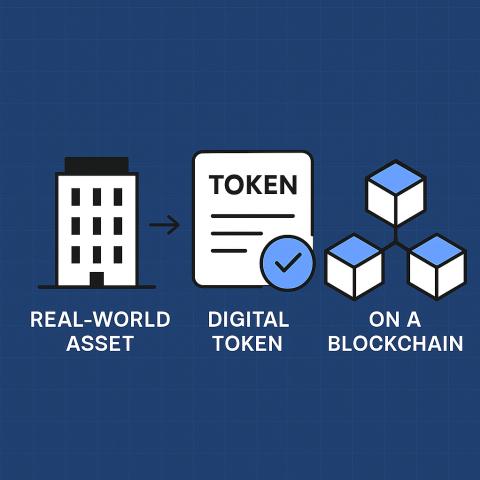Cryptocurrency exchanges play a vital role in the digital asset market by providing a platform for users to buy, sell, and trade cryptocurrencies. These platforms operate as businesses and generate revenue through multiple streams. Understanding how cryptocurrency exchanges earn profits can provide valuable insights for investors and entrepreneurs looking to enter the industry.
1. Trading Fees
One of the primary sources of revenue for cryptocurrency exchanges is trading fees. Every time a user buys or sells crypto on the platform, the exchange charges a small percentage of the transaction amount. These fees can be structured as maker-taker fees, where makers (who add liquidity) pay lower fees compared to takers (who remove liquidity). High-volume trading platforms generate significant profits from these transaction fees.
2. Deposit and Withdrawal Fees
Many exchanges charge fees on deposits and withdrawals, especially for fiat currency transactions. While crypto deposits are often free, fiat deposits through bank transfers, credit cards, or third-party payment providers may incur charges. Similarly, withdrawals of both crypto and fiat funds may come with fees that contribute to the exchange’s revenue.
3. Listing Fees for New Tokens
Cryptocurrency projects seeking exposure often pay exchanges to list their tokens. The listing fee varies depending on the exchange’s reputation, liquidity, and user base. High-profile exchanges charge substantial fees to list new cryptocurrencies, generating a lucrative income stream.
4. Margin Trading and Interest on Loans
Many advanced exchanges offer margin trading, allowing users to borrow funds to trade with leverage. These exchanges earn profits by charging interest on borrowed funds. Additionally, exchanges with lending features allow users to stake or lend their crypto assets, and the platform earns a percentage of the interest paid by borrowers.
5. Staking and Yield Farming Services
Exchanges that support staking enable users to earn rewards by locking up their crypto assets. The exchange takes a percentage of these staking rewards as a service fee. Similarly, yield farming, where users provide liquidity to DeFi protocols, can also generate revenue for exchanges through fees and commissions.
6. Subscription-Based Services
Some exchanges offer premium membership plans that provide users with benefits such as lower trading fees, advanced analytics, and exclusive investment opportunities. These subscription models add another layer of consistent revenue.
7. Advertising and Partnerships
Popular crypto exchanges attract significant web traffic, making them ideal platforms for advertising. Exchanges partner with blockchain projects, financial institutions, and other businesses to display ads, sponsored content, or promotional campaigns, earning revenue from these collaborations.
8. NFT Marketplaces and Token Sales
With the growing adoption of NFTs, many exchanges have integrated NFT marketplaces where users can buy, sell, and trade digital assets. These platforms charge transaction fees and listing fees on NFTs. Additionally, some exchanges host Initial Exchange Offerings (IEOs) and token sales, earning commissions from new crypto projects looking to raise funds.
9. API and White-Label Solutions
Some exchanges offer API access to institutional traders, developers, and businesses, charging fees for data access or automated trading. Additionally, white-label exchange solutions allow businesses to launch their own branded crypto exchanges using existing infrastructure, generating revenue through licensing fees.
Conclusion
Cryptocurrency exchanges leverage multiple revenue streams, making them highly profitable in the digital asset market. From trading fees and staking services to advertising and margin trading, these platforms maximize their profitability while offering valuable services to users. As the crypto industry continues to evolve, exchanges will likely explore new ways to generate income and enhance their business models.














